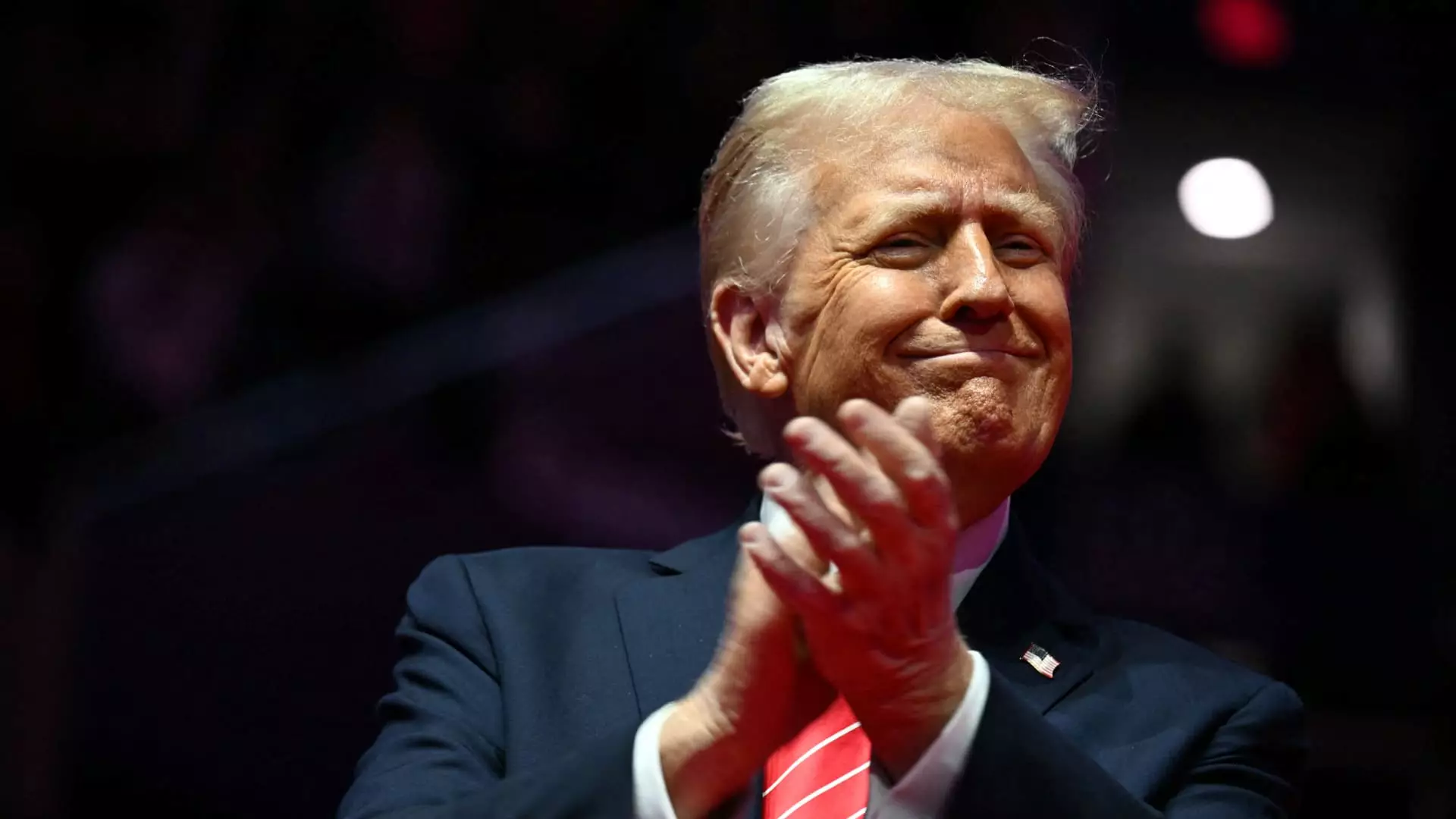The inauguration of Donald Trump, now embarking on his second presidency, marks a pivotal moment in American politics. Scheduled to take place on a Monday, Trump is poised to sign over 50 executive orders, with the possibility of exceeding 100 throughout the day. This decisive action is illustrative of Trump’s governing style, characterized by an assertive use of executive power to fulfill his agenda quickly and efficiently.
The day’s events are set against a backdrop of inclement weather in Washington, D.C., which has prompted a shift from outdoor ceremonies to indoor venues. Trump will take the ceremonial oath of office inside the Capitol at noon, shortly followed by a public event at Capital One Arena, where he plans to unveil several executive orders. This strategic choice reflects both a desire for proximity to the American public and a practical response to the weather, aiming to maintain the festive and ceremonial spirit of the inauguration.
At the center of Trump’s agenda is a robust focus on immigration policy, particularly aimed at reinforcing border security. One of the standout orders expected to be signed is a declaration of a national emergency concerning the U.S.-Mexico border. This move aligns with Trump’s longstanding promises made during his first campaign and presidency, centering on combating illegal immigration and cross-border crimes. His rhetoric suggests a significant resurgence in strict immigration controls, claiming that by day’s end, illegal entries into the United States would be notably curtailed.
This version of border management echoes Trump’s earlier attempts to secure funding for a border wall, which faced formidable legal challenges and political opposition. Now, with renewed momentum, Trump conveys an unwavering commitment to his base, asserting that immediate action is necessary to address what he terms an “invasion” of migrants. Such pronouncements are pivotal as they resonate deeply within the “Make America Great Again” community, reinforcing Trump’s standing among his supporters.
However, Trump’s ambitious plans are not without hurdles. The legality of several proposed orders may soon face scrutiny. For instance, one prominent policy aims to redirect funding allocated by Congress, particularly concerning climate initiatives tied to Biden’s Inflation Reduction Act. The Impoundment Control Act of 1974 requires the president to release funds appropriated by Congress, presenting a potential conflict should Trump follow through on withholding funding. His nominee to lead the Office of Management and Budget has already raised eyebrows by suggesting that the Act might not be constitutional, hinting at an aggressive re-examination of presidential authority that could invite judicial challenges.
Additionally, Trump’s commitment to reintroducing the “Schedule F” initiative, aimed at reshaping the federal workforce by easing the process of appointing personnel faithful to his policy objectives, implies a reconfiguration of civil service roles. This could lead to significant friction with career professionals within government agencies, as such moves might be perceived as undermining the neutrality and longevity of the federal workforce. Critics argue it represents an erosion of established civil service protections and raises ethical concerns regarding the politicization of federal jobs.
As Trump prepares to execute a “record-setting number of documents,” analysts will be closely observing both the immediate and long-term impacts of his executive actions. The uniqueness of his style and strategy—marked by rapid unilateral actions—will shape the contours of governance in America during his second term. The approach he takes can set a precedent for future administrations, creating an environment where executive authority is tested, challenged, and potentially redefined.
While Trump’s inauguration day promises a whirlwind of executive action aimed at recalibrating national policies, the unfolding narrative will depend on both the political landscape and the pushback from various factions within government and society. As Trump himself declared, “We have to set our country on the proper course,” this notion of setting a course will undoubtedly be a source of tension and debate as his presidency progresses.

Leave a Reply